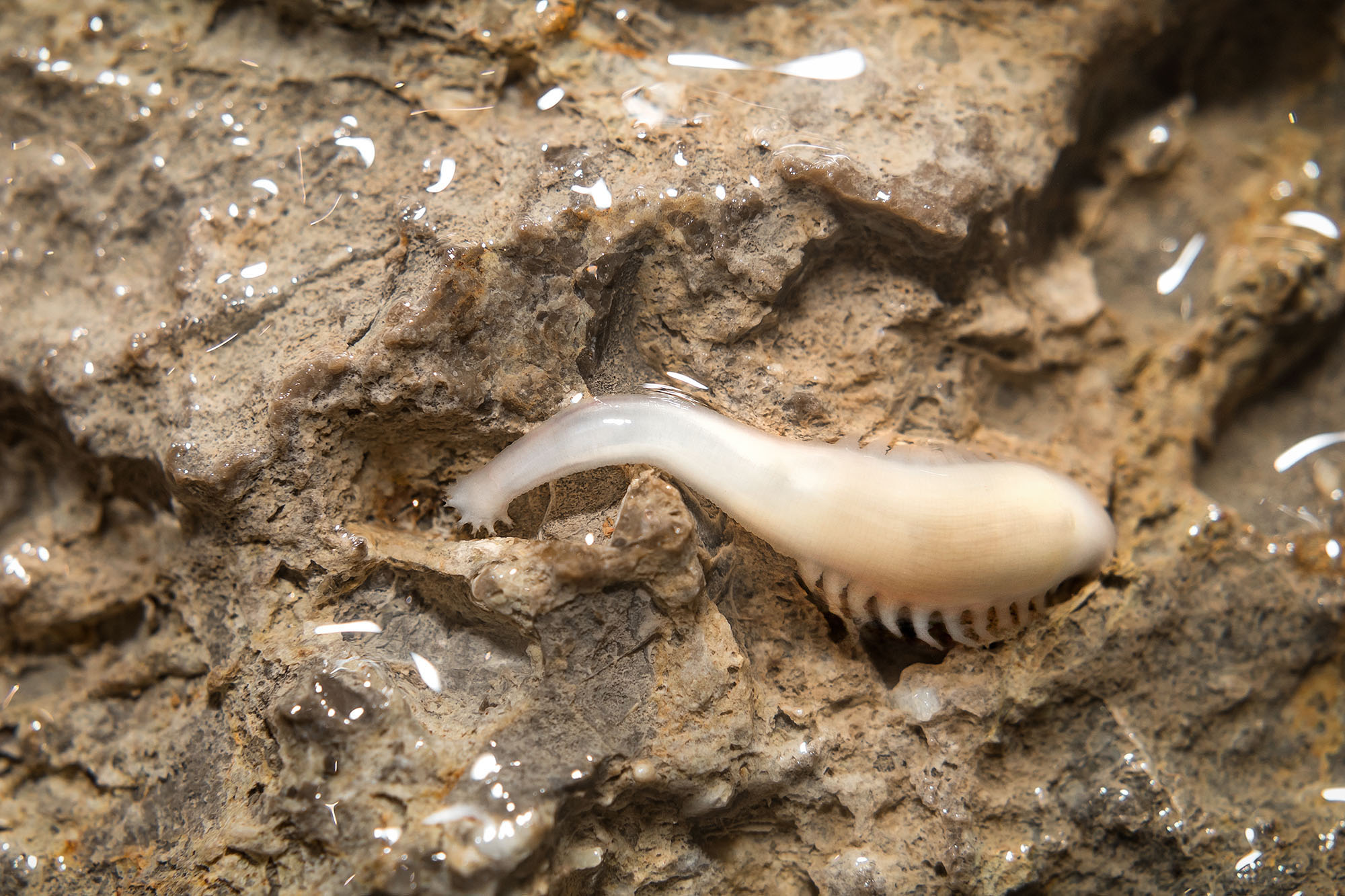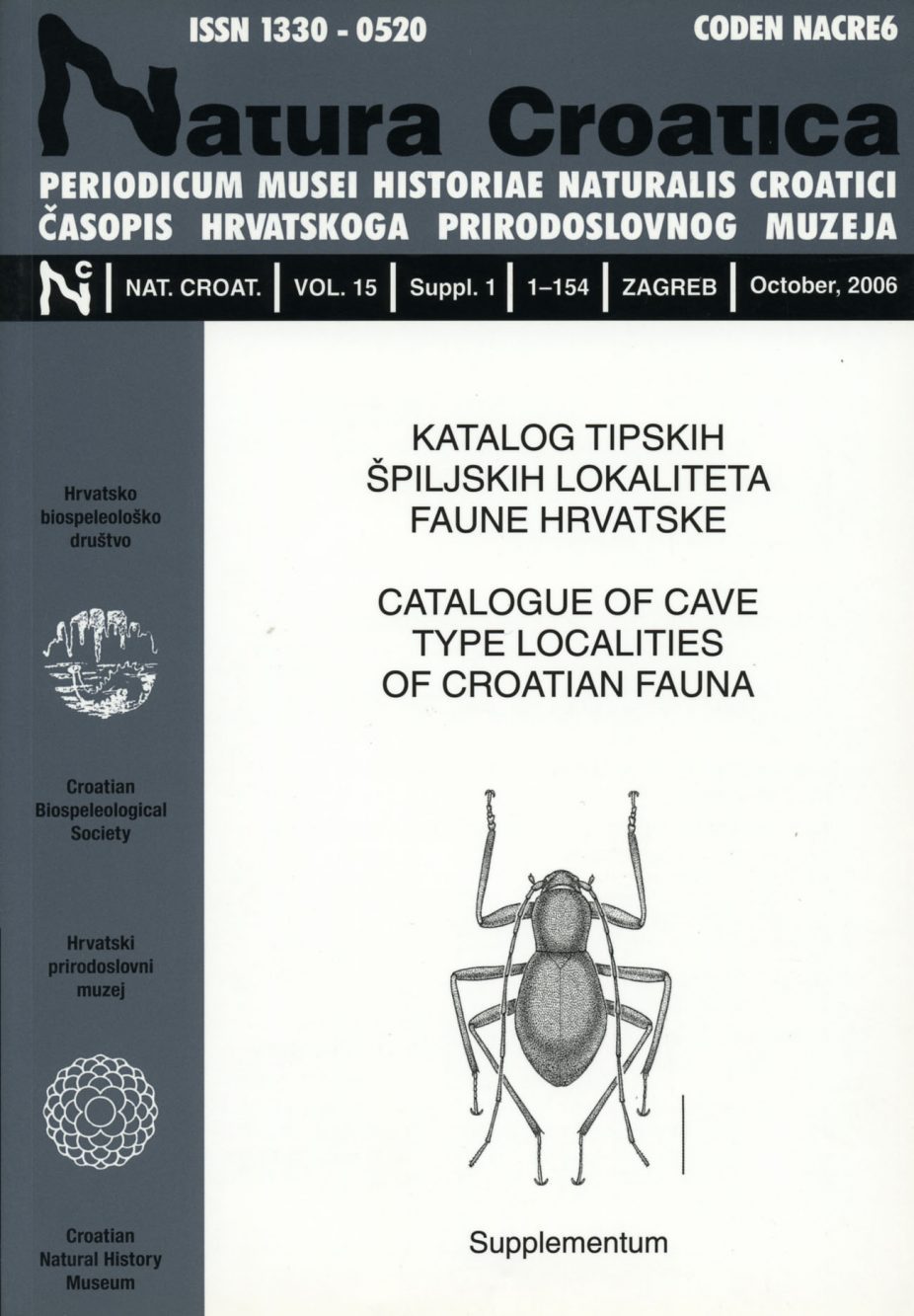
History of CBSS
The Croatian Biospeleological Society (CBSS) was founded in 1996 at the Croatian Natural History Museum in Zagreb.
Soon after its foundation, the Society organized the XIVth International Symposium of Biospelology held in Makarska, Croatia, from 19th-26th September 1999, in cooperation with the Croatian Natural History Museum and the International Society of Subterranean Biology. More than 100 scientists from 18 countries participated with 84 presentations, whose abstracts have been published in the Book of abstracts of the 14th International Symposium of Biospelology.
Since the foundation, its members have been active on different projects of CBSS, as well as on projects conducted in cooperation with the Croatian Natural History Museum, Faculty of Science, University of Zagreb and many other speleological clubs. The Society’s first large-scale project was Inventory, Mapping, Education and Popularization for the Conservation of the Croatian Subterranean Fauna, financed by the Ministry of Environmental Protection and Physical Planning in2000. The project is still active today through the publishing of a series of volumes of The Cave Type Localities Atlas of Croatian Fauna.
The biodiversity of Croatian fauna was presented in late 2001 in the chapter Croatia in Encyclopaedia Biospeologica. An overview of the cave and interstitial biota of Croatia, a more comprehensive work, was published as a supplement to Natura Croatica in 2002. In cooperation with the Ministry of Environmental Protection and Physical Planning, the Society worked on the Action plan for the Protection of Croatian Cave Biota. One of the major results was a biospeleological handbook Croatian Subterranean Fauna – Diversity and Threats, published in 2002.
The exhibition “Tracing the footsteps of the Gromača caveman – Life in the Dubrovnik’s subterranean karst” took part in the town of Dubrovnik at the beginning of 2005. It was organized in cooperation with Dubrovnik City Municipality. The exhibition catalogue was published by the City of Dubrovnik – Dpt. of Environmental Protection and Physical Planning and the Croatian Biospeleological Society, and represented the first publication of CBSS. Through the years, CBSS and its members organized dozen of exhibitions, with printed catalogues and leaflets.
After many years of extensive research, the Croatian Natural History Museum and CBSS published a capital paper “Catalogue of Cave Type Localities of Croatian Fauna” as a supplement to Natura Croatica in 2006. Based on the Catalogue, the first volume of The Cave Type Localities Atlas of Croatian Fauna was published in 2010, and the second in 2013. Simultaneously with this printed publication, Society launched an on-line database of cave type localites Biospeologica Dinarica in 2012. In 2009, the Ministry of Culture and the Society published The Red Book of Cave Fauna of Croatia, the first Red Book of cave fauna in the world.
Above publications were important in the promotion of cave fauna and its importance on the world and state level. They have shaped the strategy of the conservation of cave fauna and habitats of Croatia, and brought type localities in special focus.
Through the years, the CBSS organized numerous symposium and conferences, the most important being:
- Stručni seminar o zaštiti špilja i podzemne faune, 30-31 January 2010, Ogulin, Croatia
- Scientific symposium on speleological cadastre, 29-30 January 2011, Perušić, Croatia
- Second International Symposium on Anchialine Ecosystems, 03-06 October 2012, Cavtat, Croatia
- Scientific symposium: Special values of deep karst, 21-22 April 2012, Krasno, Croatia
- XIIIth European Bat Research Symposium, 01-05 September 2014, Šibenik, Croatia
- 1st Dinaric Symposium on Subterranean Biology, 23-24 September 2016, Zagreb, Croatia
Since its foundation, the CBSS implemented more than 70 projects, both research projects and ones focused on promotion and popularization of cave fauna, bats and cave habitats. Data from numerous projects and collecting trips are gathered in extremely valuable Collection of the CBSS which features data from more than 1,500 caves. On the basis of this material, its members published more than 60 scientific papers, books and communications.
Croatian Biospeleological Society is a member of the Croatian Natural History Society, and in 2013 became a member of the organization BatLife Europe, in partnership with the association Vincent Wildlife Trust.





